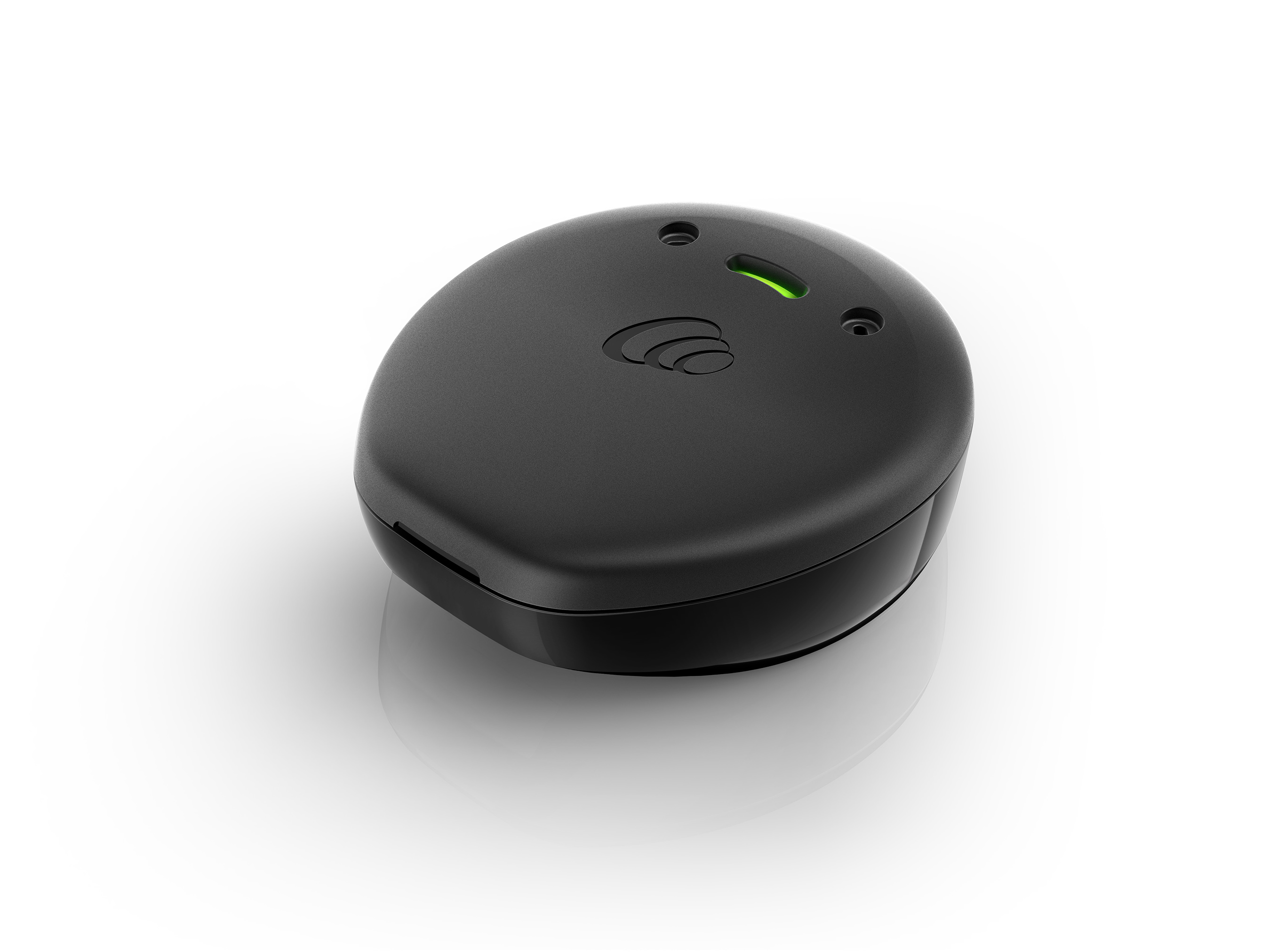

Kanso 2 vs nucleus 7 pro#
Remote Assist, which is available to clinicians in Custom Sound® Pro and connects to the patient's sound processor via the Nucleus Smart App to make live global changes to the patient's programs via Master Volume, Bass & Treble (MVBT) adjustments and enable other processor features.įor bone conduction patients with Baha 6 Max Sound Processors, Remote Assist is available to clinicians in Baha Fitting Software 6 with connection to the sound processor via the Baha Smart App. Clinicians can analyze information gathered during the Remote Check to determine if and how further follow up is needed at that time. ** Results are then sent remotely to their clinician for review. Remote Check, FDA approved in April 2020, which allows patients to complete a convenient, at-home hearing review without visiting the clinic.

With new flexibility to manage patient progress remotely, hearing health providers have time to offer care to more patients, including those who may be limited by location, health, mobility or work commitments.įor cochlear implant patients with Nucleus 7 and Kanso® 2 Sound Processors, Remote Care consists of two options: Any changes are saved remotely to the patient's sound processor.Ĭochlear's Remote Care solutions offer hearing implant patients the convenience of quality hearing care without the need to visit a clinic. * Once connected to the patient, the hearing health provider can make programming adjustments, enable processor settings and provide counselling via a live video session. This article is published by Thieme.Remote Assist delivers the ability for clinicians to engage with their patients through a live video, audio or chat session in the fitting software and connect to the sound processor via the patient's Nucleus or Baha Smart App. With the speech and noise at fixed levels, a significant mean 8.1 percentage point difference was seen between Kanso (78.10%) and N5 (70.7%) in the sentence scores.ĬI users had a lower signal-to-noise ratio and a higher percentage of sentence recognition with the OTE processor than with the BTE processor.Īmerican Academy of Audiology. In all noise conditions, the performance of the OTE (Kanso) sound processor was superior to that of the BTE (N5), regardless of the order in which they were used. The paired t-tests showed no significant difference between the N5 and Kanso in quiet conditions. To determine the relative performance of OTE with respect to BTE, paired comparison analyses were performed. Three test conditions were analyzed with both sound processors: (i) speech level fixed at 65 decibel sound pressure level in a quiet, (ii) speech and noise at fixed levels, and (iii) adaptive speech levels with a fixed noise level. Each participant was tested with the Brazilian-Portuguese version of the hearing in noise test using each sound processor in a randomized order.

Speech perception performances were compared in quiet and noisy conditions using the BTE sound processor Nucleus 5 (N5) and OTE sound processor Kanso. This study aimed to compare speech recognition in CI users using off-the-ear (OTE) and behind-the-ear (BTE) processors.Ī cross-sectional study was conducted with 51 CI recipients, all users of the BTE Nucleus 5 (CP810) sound processor.

CI manufacturers have been investing in technological innovations for processors and researching strategies to improve signal processing and signal design for better aesthetic acceptance and everyday use. Speech recognition in noisy environments is a challenge for both cochlear implant (CI) users and device manufacturers.


 0 kommentar(er)
0 kommentar(er)
